Do I have to have a vent with an induction cooktop
Opdos
4 years ago
Featured Answer
Sort by:Oldest
Comments (6)
M
4 years agolast modified: 4 years agoOpdos
4 years agoRelated Professionals
Sun Valley Kitchen & Bathroom Remodelers · Brea Cabinets & Cabinetry · East Moline Cabinets & Cabinetry · Baton Rouge Architects & Building Designers · Greensboro Kitchen & Bathroom Designers · Palmetto Estates Kitchen & Bathroom Designers · Schaumburg Kitchen & Bathroom Designers · Shakopee Furniture & Accessories · Robbinsdale Furniture & Accessories · Auburn General Contractors · Claremont General Contractors · ‘Ewa Beach General Contractors · Homewood General Contractors · Spencer General Contractors · West Whittier-Los Nietos General Contractorstbate1
4 years agoM
4 years agoPatricia Colwell Consulting
4 years ago
Related Stories
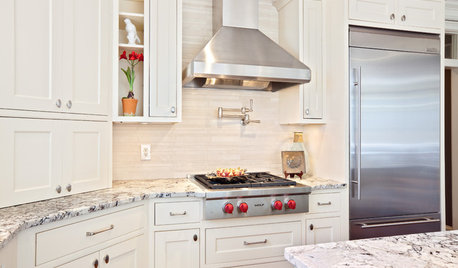
KITCHEN DESIGNHome Above the Range: Smart Uses for Cooktop Space
With pot fillers, shelves, racks and more, you can get the most function out of the space above your kitchen range
Full Story
KITCHEN APPLIANCESFind the Right Cooktop for Your Kitchen
For a kitchen setup with sizzle, deciding between gas and electric is only the first hurdle. This guide can help
Full Story
FEEL-GOOD HOME12 Very Useful Things I've Learned From Designers
These simple ideas can make life at home more efficient and enjoyable
Full Story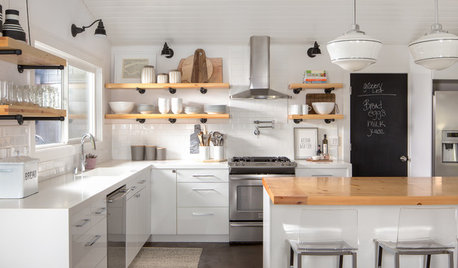
KITCHEN CABINETSWhy I Combined Open Shelves and Cabinets in My Kitchen Remodel
A designer and her builder husband opt for two styles of storage. She offers advice, how-tos and cost info
Full Story
KITCHEN DESIGNA Cook’s 6 Tips for Buying Kitchen Appliances
An avid home chef answers tricky questions about choosing the right oven, stovetop, vent hood and more
Full Story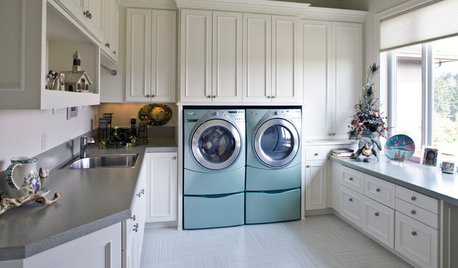
LAUNDRY ROOMSOne of the Biggest Building-Code Offenders in the Laundry Room
A dryer vent specialist shares what to do — and what to avoid — to keep things safe and efficient
Full Story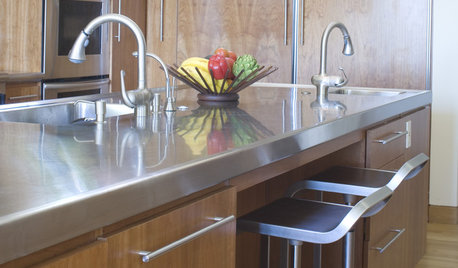
KITCHEN DESIGNDesign an Easy-Clean Kitchen
"You cook and I'll clean" might no longer be a fair trade with these ideas for low-maintenance kitchen countertops, cabinets and floors
Full Story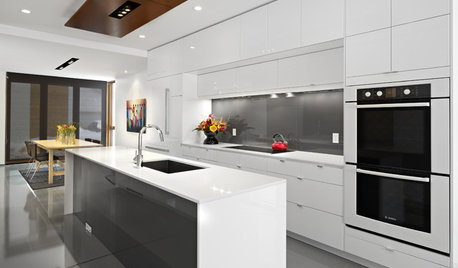
KITCHEN APPLIANCESFind the Right Oven Arrangement for Your Kitchen
Have all the options for ovens, with or without cooktops and drawers, left you steamed? This guide will help you simmer down
Full Story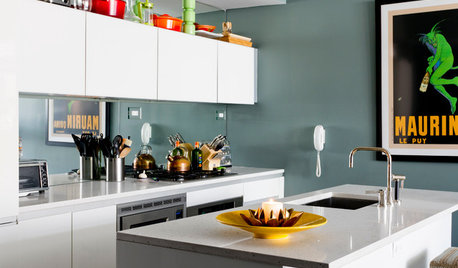
SMALL KITCHENS12 Genius Design Moves for Small Kitchens
These space-enhancing tricks can make compact cooking zones look and feel larger
Full Story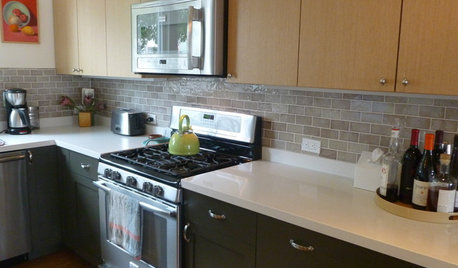
KITCHEN DESIGNPearls of Wisdom From a Real-Life Kitchen Remodel
What your best friend would tell you if you were embarking on a renovation and she'd been there, done that
Full StorySponsored
Leading Interior Designers in Columbus, Ohio & Ponte Vedra, Florida
More Discussions






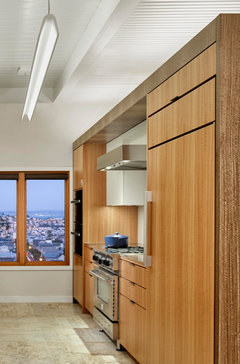
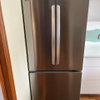
kaseki